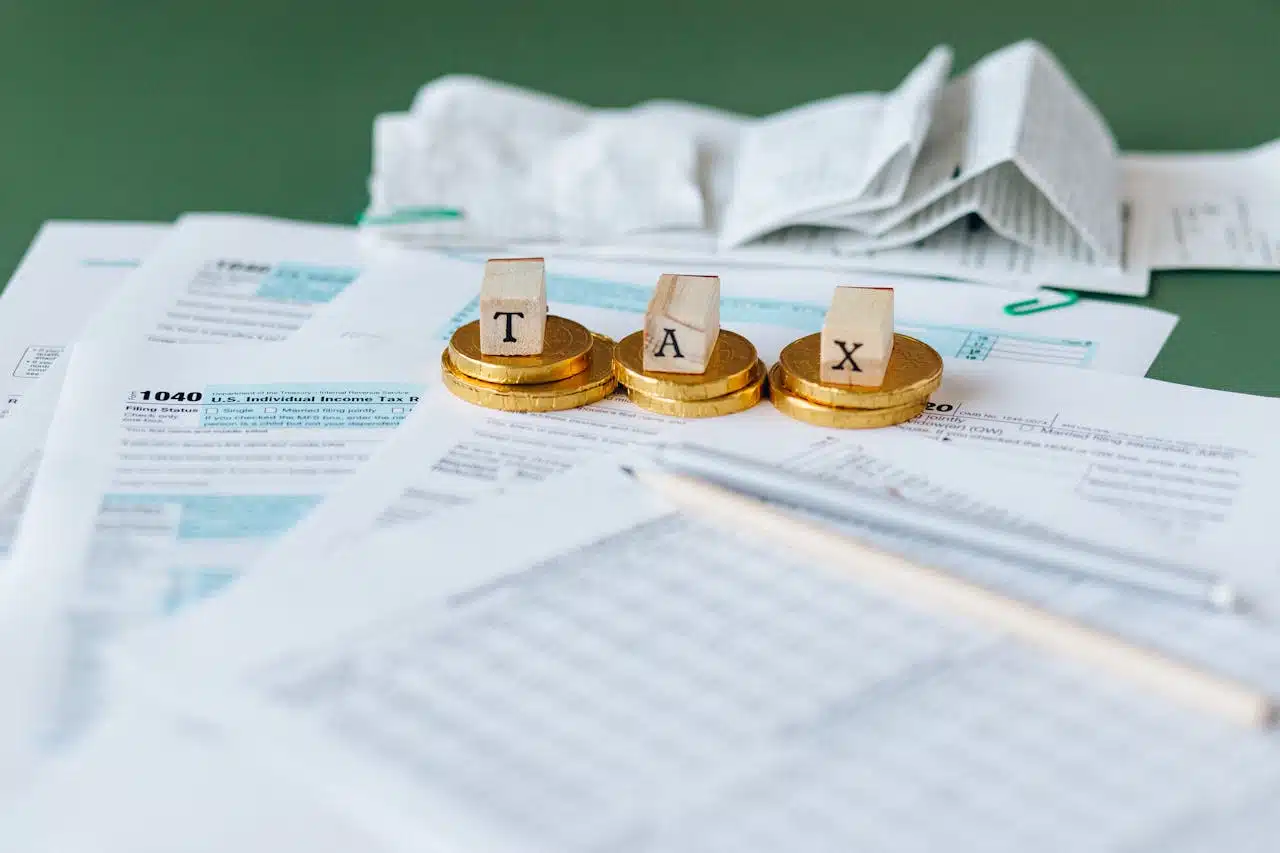How do you submit your company taxes? If you’re one of the estimated 385,000 people who submitted paper tax returns for the 2021-22 financial year, you’re in the government’s sights!
Yes, HMRC wants taxes to go fully digital. With paper tax collection systems proving inefficient to run which can often slow the process down and act as a drag on the service in general. The government has begun a new campaign to encourage more people to go digital. The HMRC initiative is known as MTD (Making Tax Digital).,
In this article, we detail what it is, what its aims are, the options available to businesses, and the benefits for businesses in going fully digital for tax reporting.
What is Making Tax Digital?
Making Tax Digital is part of the government’s Tax Administration Strategy which aims to reduce the amount of tax liabilities that go uncollected by HMRC. This so-called ‘tax gap’ is enormous: around 4.8% of all tax liabilities, or £35.8 billion for the 2021/22 tax year. In comparison, the UK’s defence budget in 2023/24 was £32.4 billion.
Digitisation is being seen as a crucial way for HMRC to reduce this gap. It aims to make the process of submitting a tax return easier, improve integration with commonly used business software, and improve the accuracy of reports.
Businesses will need to digitise their tax returns in a phased manner from April 2026, with the final deadline occurring for businesses with income over £30,000 in April 2027.
What can businesses do for tax digitisation to go digital?
There’s no sense in waiting for the deadline for Making Tax Digital to implement digitisation in your company. There are several ways that you can act now:
- Digitise your records and record-keeping – If you are still using paper-based methods of record-keeping, it’s time to go digital. Have your accountant or finance department identify the required documents for a tax return and create digital copies of these, ensuring they are filed accordingly to the appropriate standard for digital tax records. Identify the documents your accountant would usually need to do your tax return and create digital copies of these, as well as ensuring they arrive in your records as digital copies. You can scan these or use optical character recognition (OCR) technology to produce digital versions. Then, make sure these are saved and backed up digitally.
- Tax automation – Going further, tax automation allows accountants or finance teams to immediately get all the data and information they need when completing a tax return. This reduces human error and can therefore reduce the risk of failing an audit and being fined. Working with a VAT tax automation expert can help if you’re not sure where to start for your tax automation process.
The business benefits of going fully digital
There are plenty of benefits for businesses choosing to go fully digital. First, the risk of being hit by late submission and late payment fines will be reduced. The administration costs of tax will be lowered too. And with all tax documentation securely held on a digital recordkeeping system, the risk of losing documents or having them stolen can be reduced too.
Would you prefer to have your tax process digitised? What steps have you taken to work in line with HMRC’s MTD (Making Tax Digital)? Let us know your thoughts in the comments.

